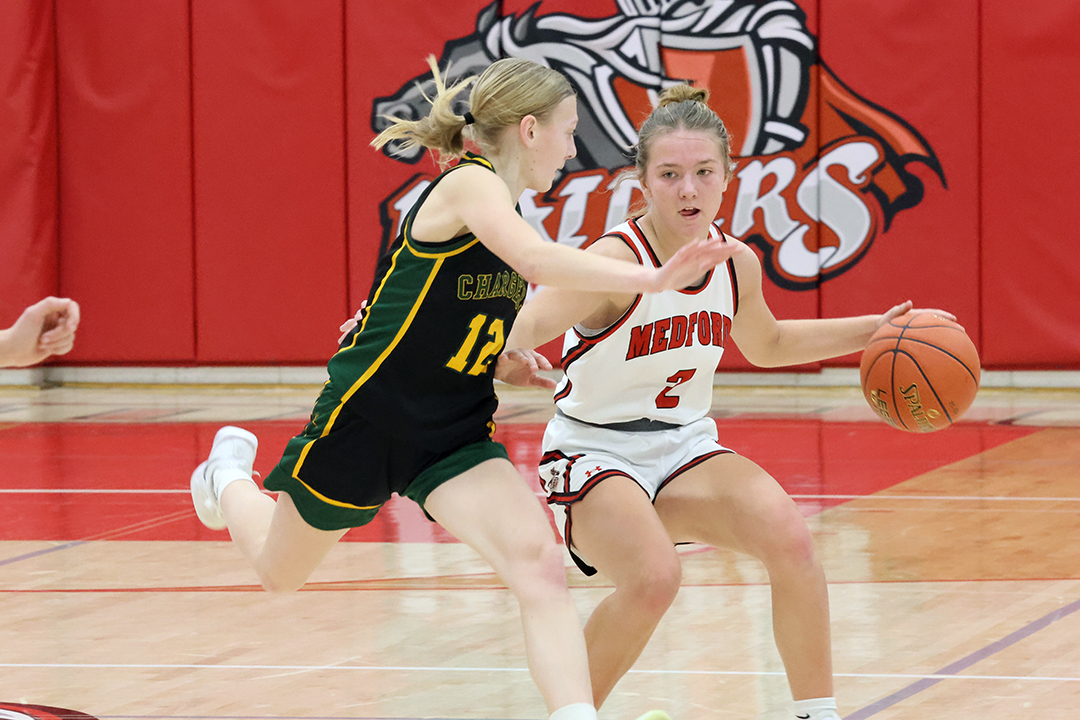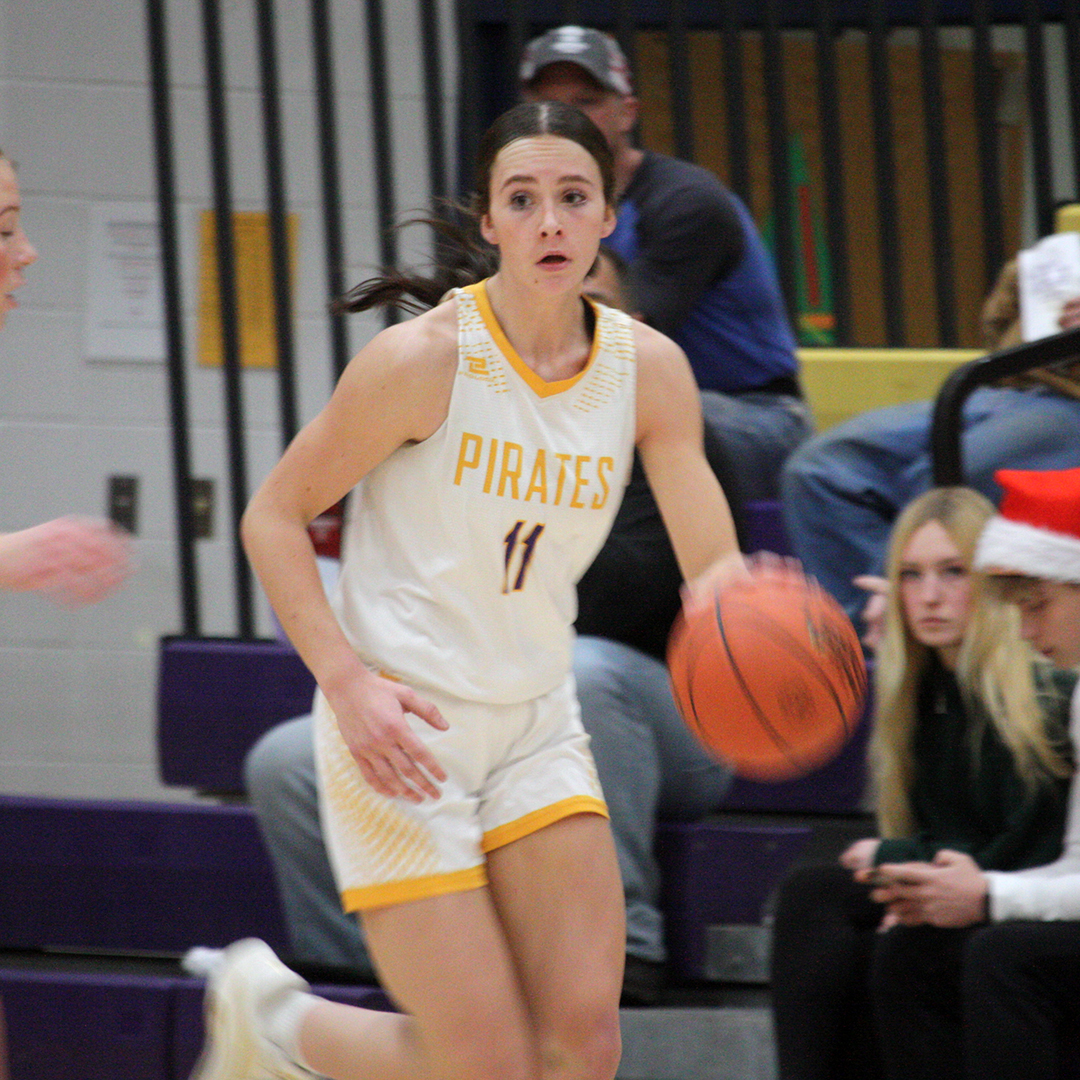Roundball making year-round news at pro, college, high school levels
Matt's Bleacher Shots
Fireworks shows are a week or so in the rearview mirror already as the summer of 2025 blows by at record speed. Not sure if it’s the poor weather that’s made it feel like summer hasn’t really ar...



